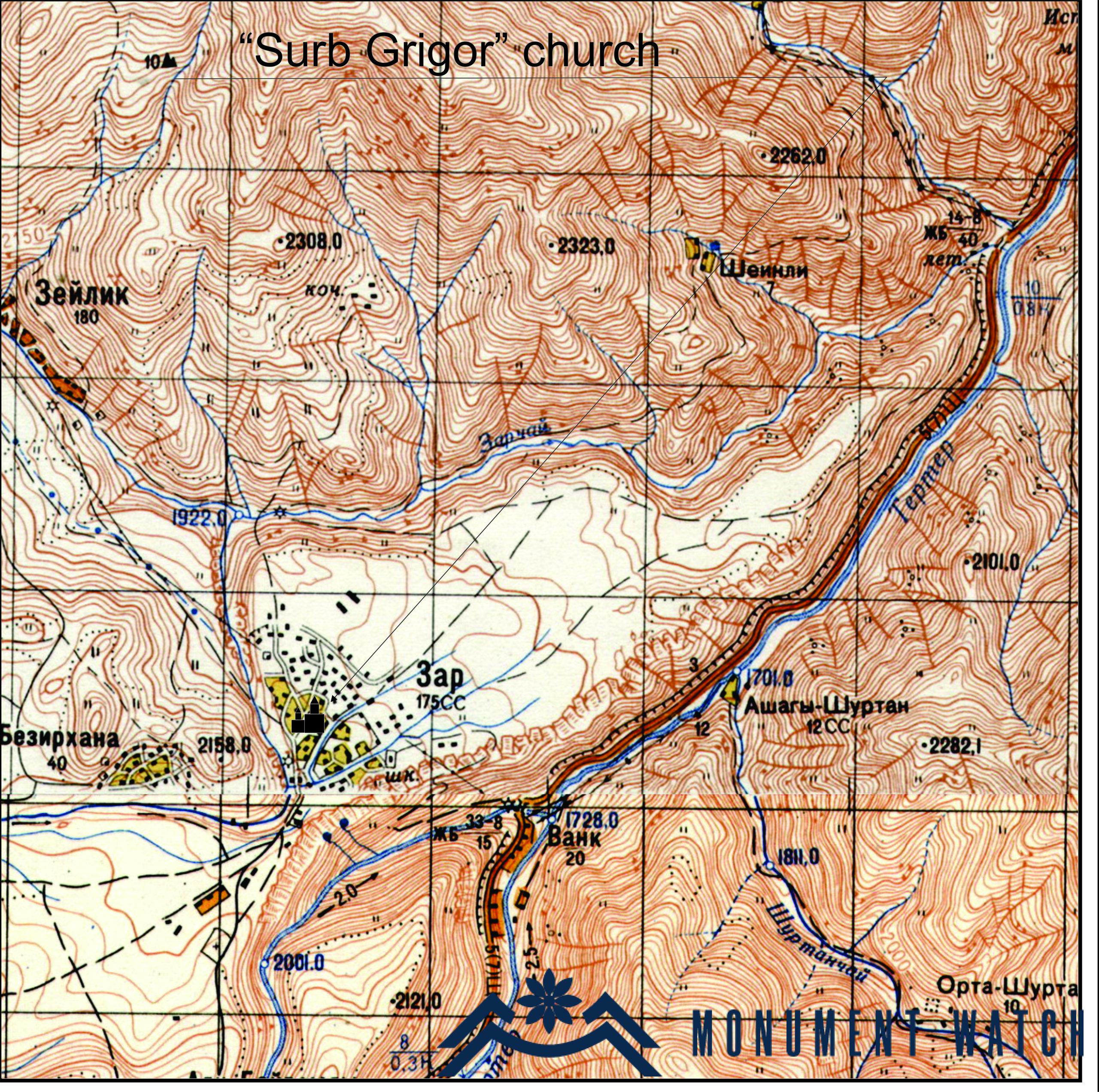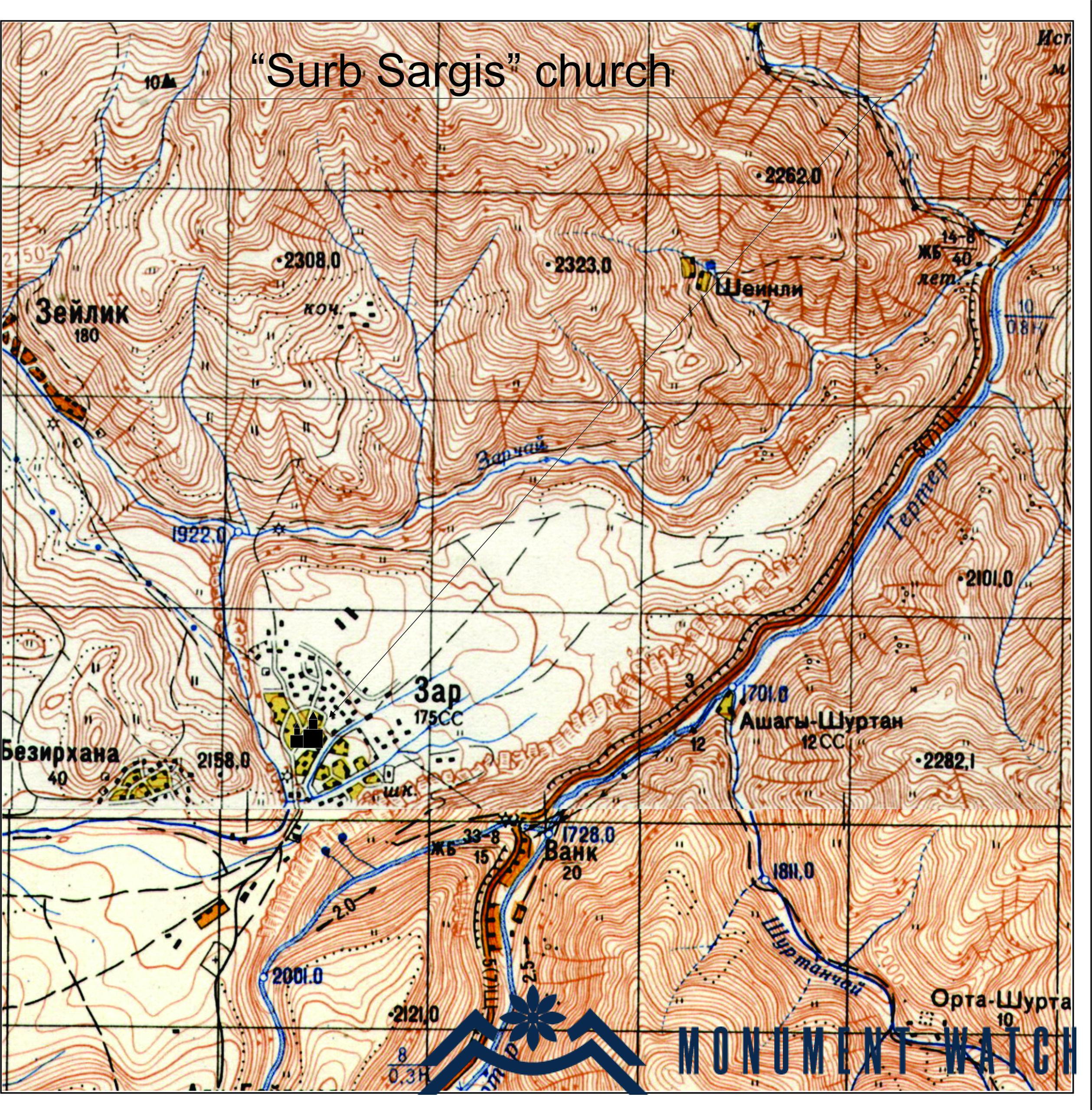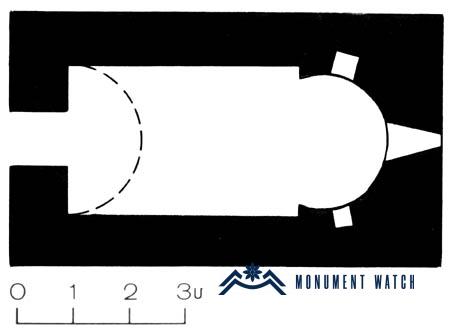St. Grigor and St. Sargis churches of Tsar
Location
Tsar village is located in the upper reaches of the Trtu River, at an altitude of 2030-2050 m above sea level on an extensive mountain plateau and is surrounded by deep gorges (Fig. 1).
St. Grigor and St. Sargis churches of Tsar are located in the namesake village in Nor Shahumyan region (Karvachar region) of the Artsakh Republic and are currently occupied by Azerbaijan.
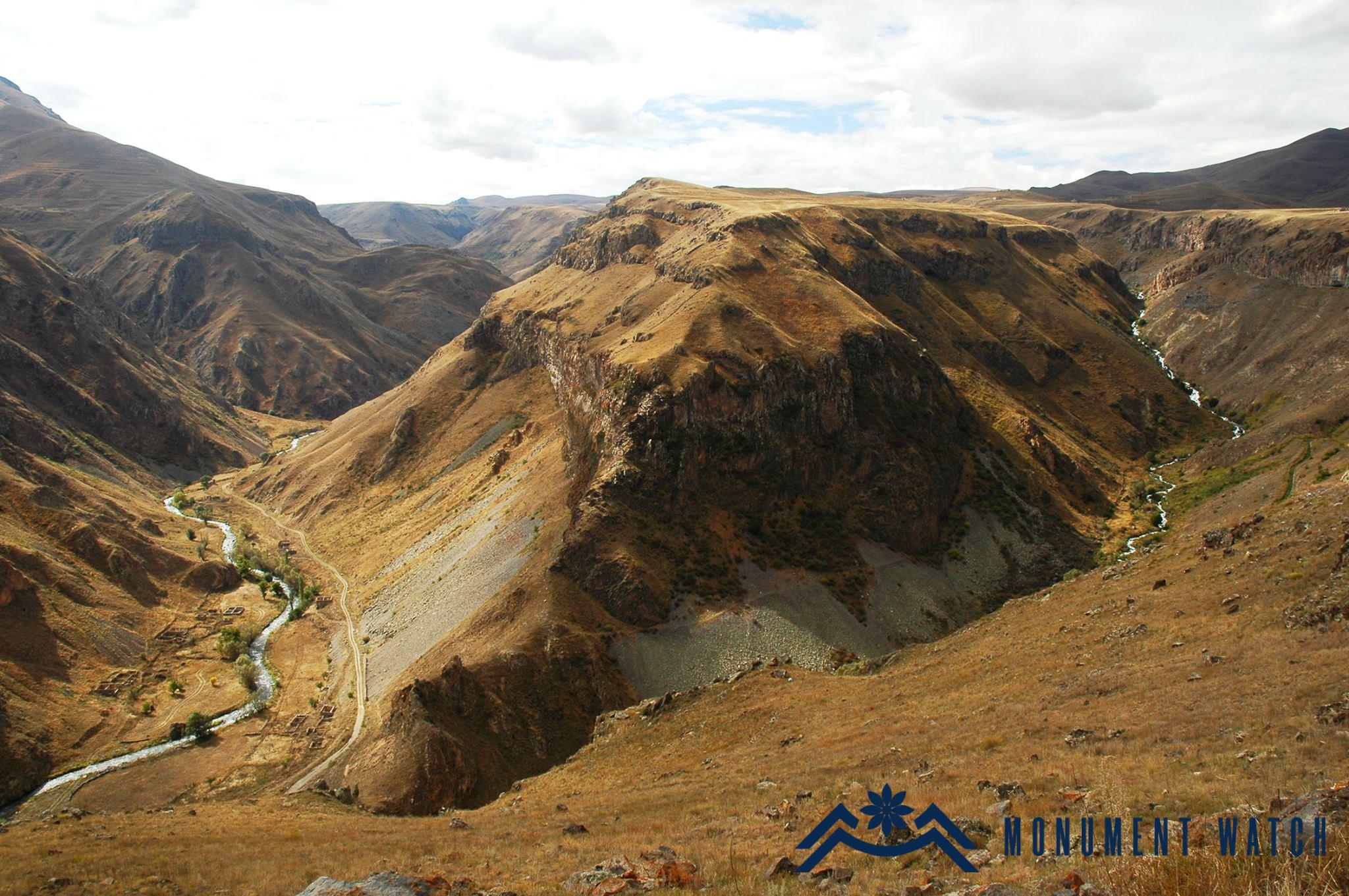
Fig. 1 The general view of Tsar, photo by H. Petrosyan․
Historical overview
In the Middle Ages, Tsar was a center of princely seat, the seat of the namesake princely house. The role of this princely house increased from the end of the 12th century, when Prince Hasan I Tsaretsi married Dop – the sister of Zakare and Ivane Zakaryans. Becoming in-laws with the Zakaryans and with their support, the Tsar princely branch ruled over the entire Verin Khachen. Dadivank also passes to the residents of Tsar (Petrosyan, 2009, 11-14). In the 18th century, the extensive village was deserted, depopulated of Armenians, and Kurds from the Parakhkanli tribe settled here. Tsar starts to be called Zar. During Soviet years Tukish speaking Kurds lived here. Until the 1940-1950s there used to exist four churches in Tsar, a large cemetery with khachkars, and two monasteries near the village. The main church was located in the village centre almost adjacent to the presently standing Saint Sargis church. In the 1950-1960s the majority of Armenian monuments was deliberately destroyed, the stones were reused in various buildings (Fig. 2).
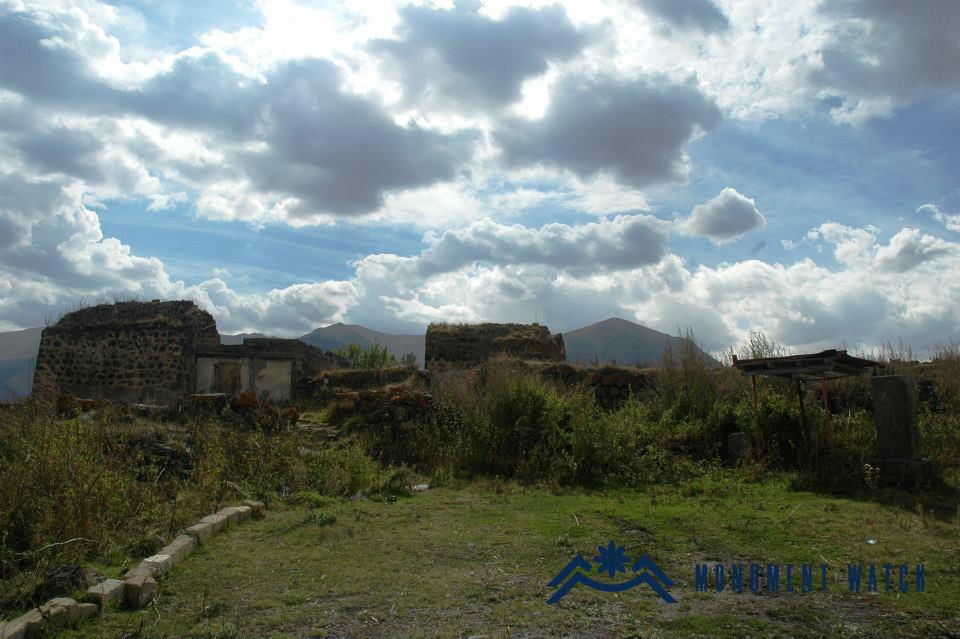
Fig. 2 The general view of St. Sargis and St. Grigor churches, photo by H. Petrosyan․
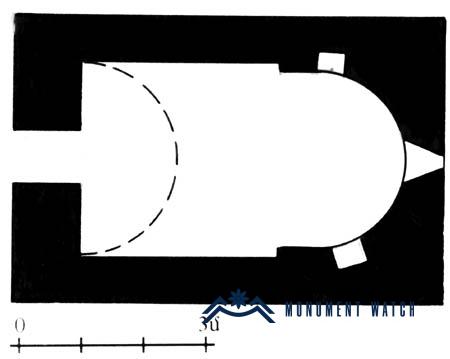
Fig. 3 The plan of St. Grigor Church, from the book “Armenian cultural monuments in the region of Karabakh” by S. Karapetyan, page 57.
St. Grigor Church
Architectural-compositional description
The Church of St. Gregory of Tsar is a single-nave, gable roof vaulted building (Fig. 3), built in 1274, as evidenced by the inscription of the lintel (CAI 5, 223). The church was originally built of hewn stone, and in the 17th century was renovated with rough stones. The church has inscriptions on the entrance lintel, on a stone north of the entrance, as well as two inscriptions on the southern wall. One of them was made on a khachkar, which was used as a building material (Karapetyan 2001, 56-58).
The condition before and after the war
Prior to 1993, the church was used by a local turkified Kurdish family as an auxiliary storage building to the house, additions were made and the walls were plastered. The church was not damaged during the 1993 and 2020 hostilities.
St. Sargis Church
The other standing church is called St. Sargis. It is a single-nave, vaulted chapel (Fig. 4), built of hewn stones, the upper parts are of small stones, which is a result of renovation.
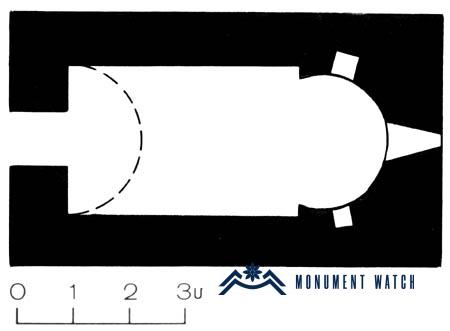
Fig. 4 The plan of St. Sargis Church, from the book “Armenian cultural monuments in the region of Karabakh” by S. Karapetyan, page 57.
According to the inscription of the entrance lintel, the chapel was built in 1279 (Fig. 5). There are 8 inscriptions on the walls of the church (Fig. 6). Six of them are on the western side, another inscription is on the eastern side, one is on the southern wall (CAI, 1982, 218-219). The church was not damaged during the 1993 and 2020 hostilities.
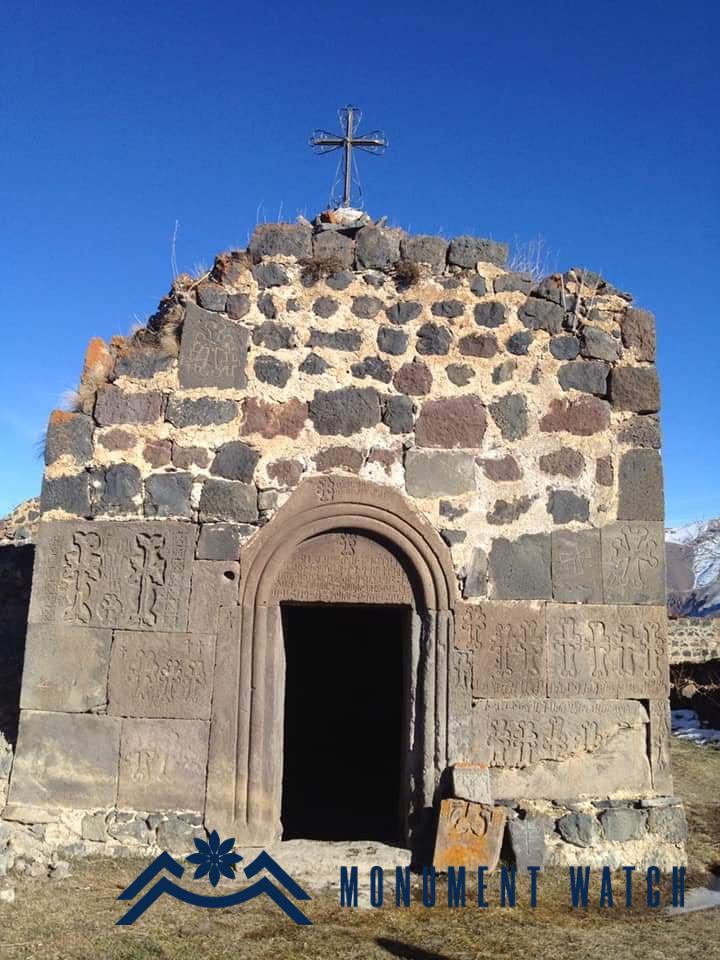
Fig. 5 The western facade of St. Sargis Church, photo by S. Danielyan․
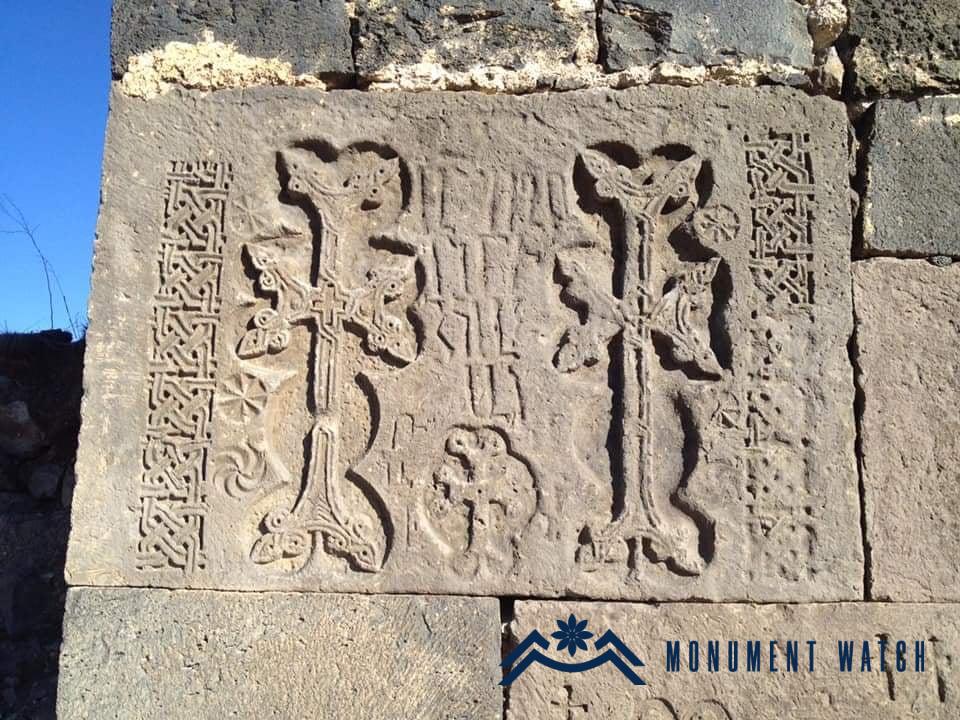
Fig. 6 One of the inscribed khachkars of the western facade of St. Sargis Church, photo by S. Danielyan․
Bibliography
- CAI – Corpus of Armenian Inscriptions, Release 5, Artsakh, compiled by S. Barkhudaryan, Yerevan, 1982.
- Karapetyan 2001 – Karapetyan S., Armenian cultural monuments in the region of Karabakh, Yerevan.
- Petrosyan 2009 – Petrosyan H., Kirakosyan L., Safaryan V., The monastery of Handaberd and its excavations, Yerevan․
St. Grigor and St. Sargis churches of Tsar St. Grigor and St. Sargis churches of Tsar
Artsakh
